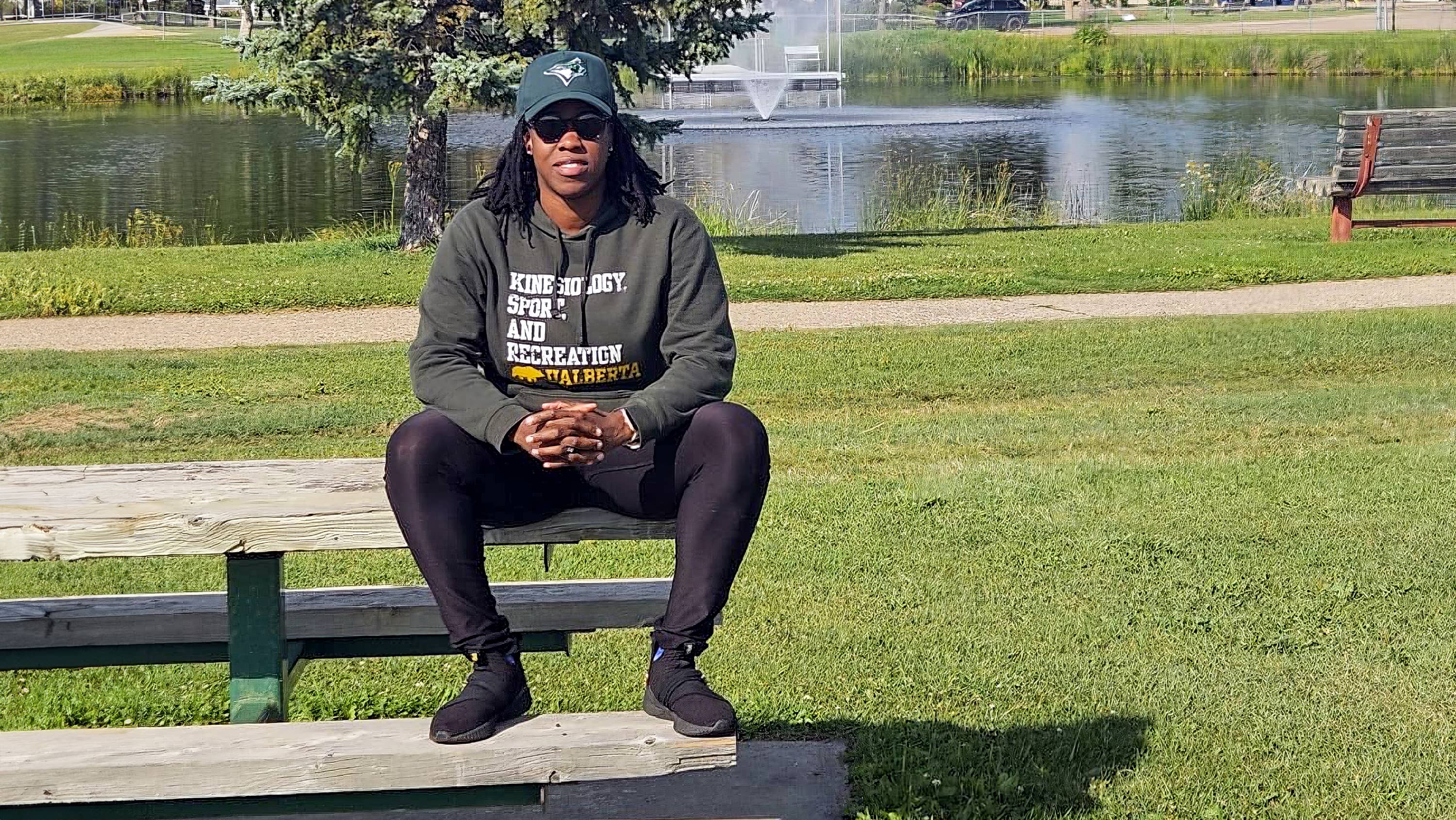Urban planners and developers have predetermined markers of accessibility for recreational spaces, such as parks and playgrounds that might include ramps or the ability to travel to the space using public transportation. But whether these spaces are actually used by and functional for the communities they are meant to serve depends on perceived accessibility, a concept that Josephine Godwyll explores in a recent study.
Accessibility looks at the opportunities for people to interact with a particular space, while perceived accessibility looks at people’s considerations and perceptions of whether and how they will be able to use those opportunities.
“When you consider the perception of accessibility, you go from objective ways of measuring accessibility to subjective ways of measuring it,” says Godwyll, an assistant professor in the Faculty of Kinesiology, Sport, and Recreation.
For example, when planning a park, developers might choose to construct it within five kilometres of several residential areas, assuming the residents will use the resource because it’s close to home (walkable). However, if that distance requires traversing what people say are dangerous roads, for example, or involves unsafe interactions with other users within the space, it might be accessible on paper but in reality it won’t get used nearly as often as the developers had anticipated. Sometimes, users report that there was limited public engagement during the planning of these spaces.
“The central focus of the paper is trying to enlighten readers on what ‘access’ means beyond the availability of space,” Godwyll says.
The ideas she explored in the study could provide important insight for urban planners, policy-makers and community leaders looking to create accessible public recreational spaces.
Godwyll examines the issue through the lens of social space production, a concept that traces its roots to French sociologist Henri Lefebvre. With social space production, Godwyll explains, it’s not just the physical elements of a space that matter, “it’s also the kinds of interpretations and meanings that are assigned to these elements.”
The concept has been around for decades but hasn’t been studied in relation to perceived accessibility to recreational spaces, says Godwyll.
She and her collaborators focused on Maryvale, a low-income community in Phoenix, Ariz. They conducted participatory mapping interviews, an approach incorporating visual aids that encourages participants to point out particular recreational spaces, the routes they may take to reach them and other details pertinent to their perspective. According to Godwyll, this approach often leads to richer insight because participants are able to recall spatial information (such as details about the spaces they use) that they may not have remembered without the visual aids.
The researchers identified three themes they believe are critical to understanding perceived accessibility of recreational spaces: ease of use, planning and design engagement experiences, and the role of social interactions with and within the space.
These themes are particularly useful considerations when creating spaces for marginalized or low-income communities like the one Godwyll and her collaborators studied.
“Marginalized and low-income communities are frequently linked to inequitable planning and design processes because they weren’t engaged in the process or their input was disregarded,” says Godwyll. “These communities are also often disproportionately affected by limited infrastructure, such as poorly maintained facilities, and interactions that do not meet social expectations, for example limited opportunities of use for cultural celebrations.”
The three themes offer a possible framework for examining perceived accessibility in public recreational spaces — and a step forward in the effort to achieve the UN’s Sustainable Development Goal 11.7 of providing universal access to safe, inclusive and accessible green and public spaces, Godwyll notes.
“Equity is not just giving everybody the same thing. It’s meeting people at their needs and considering the things that might be preventing them from using these spaces,” she says. “It’s equally as important as having some kind of rubric saying a park is supposed to be 1.5 kilometres from a neighbourhood.”
And though it may seem unrealistic to expect to please everyone accessing a particular public recreational space, Godwyll disagrees with taking a black-and-white perspective.
“It’s often discounted as impossible, but that’s not the case,” says Godwyll. “There are steps and dimensions we can look at more deeply to foster or facilitate positive perceptions that would support the use of spaces.
“What’s the point of creating recreational spaces if they’re not used?”
